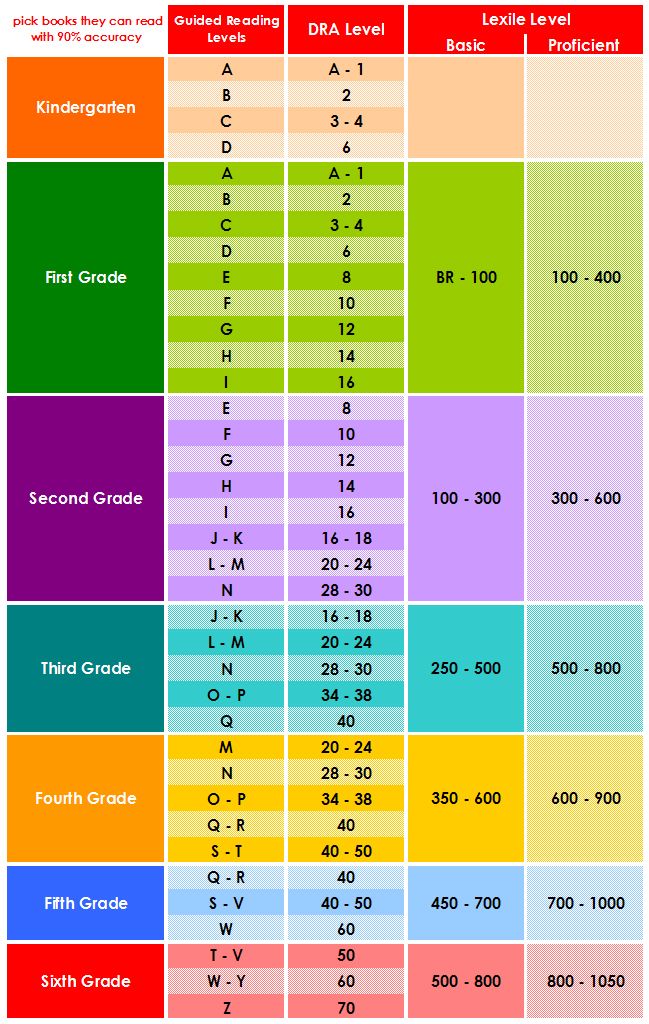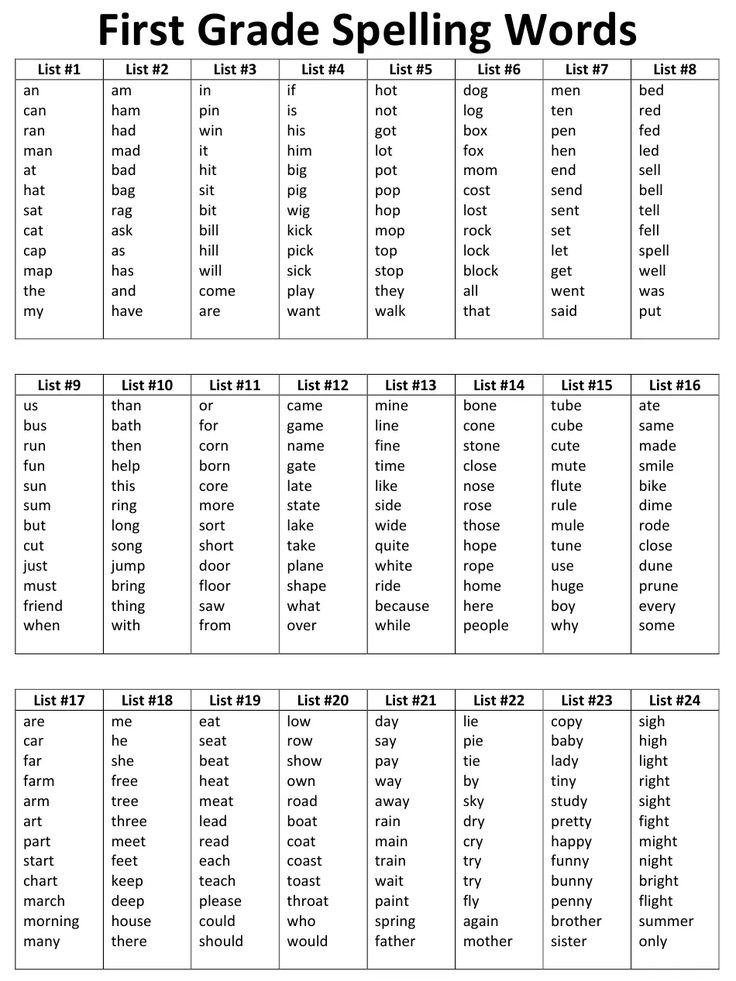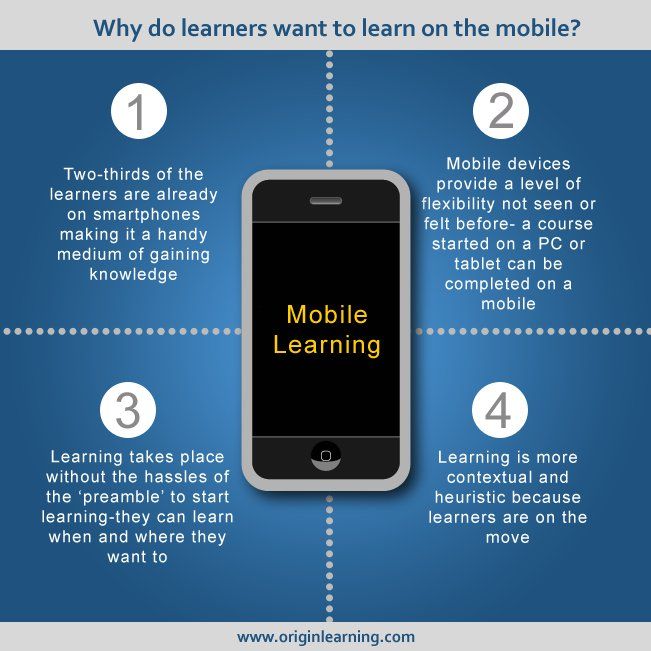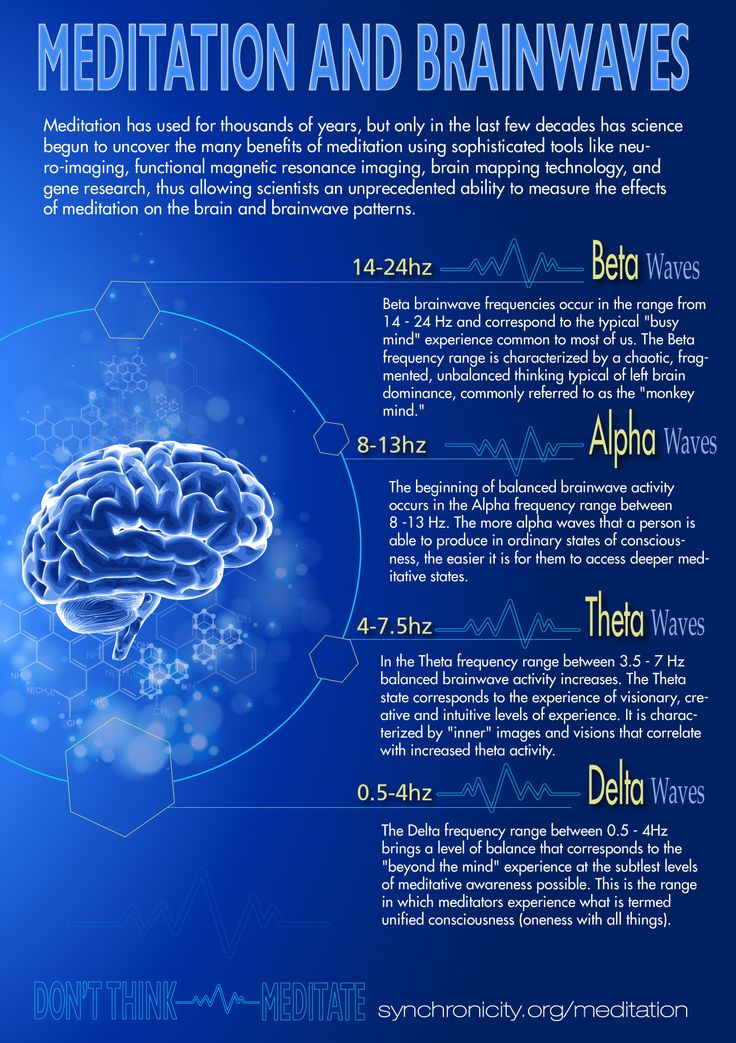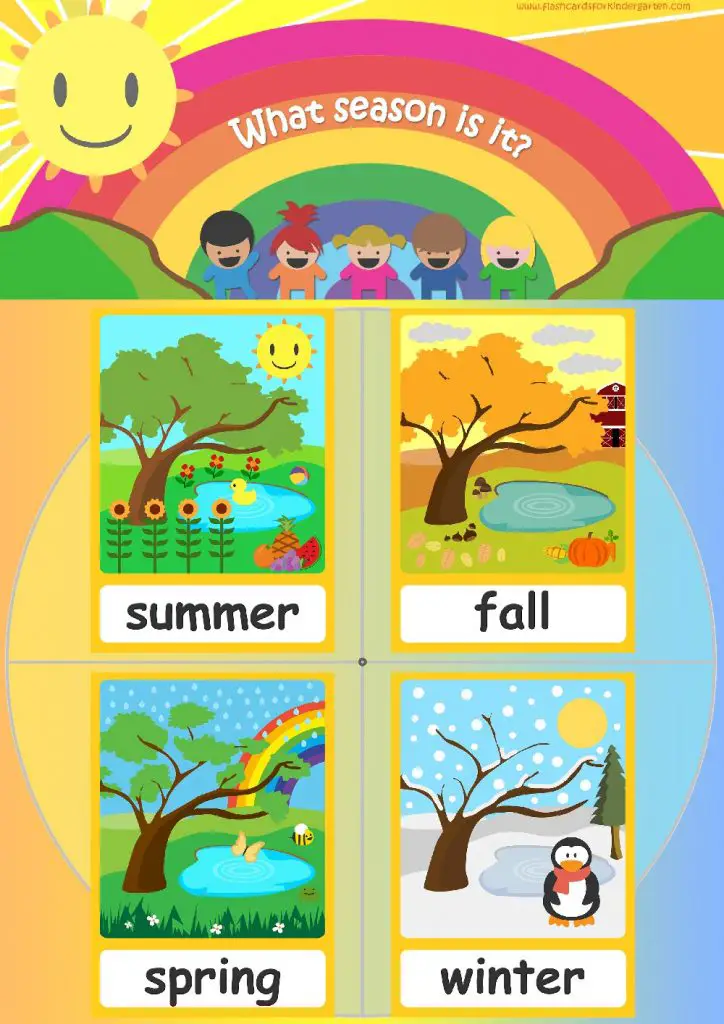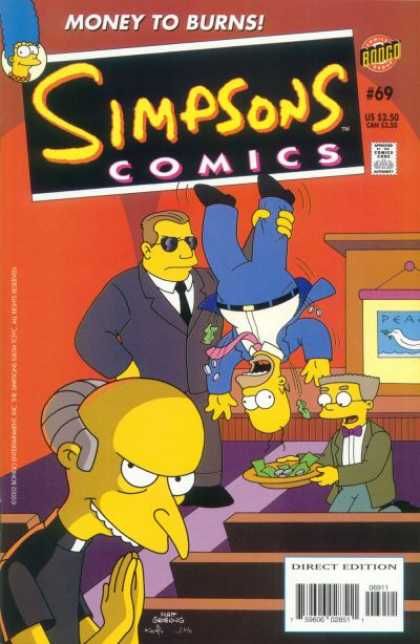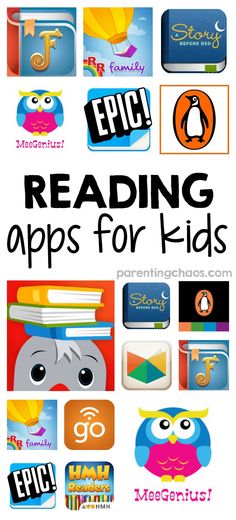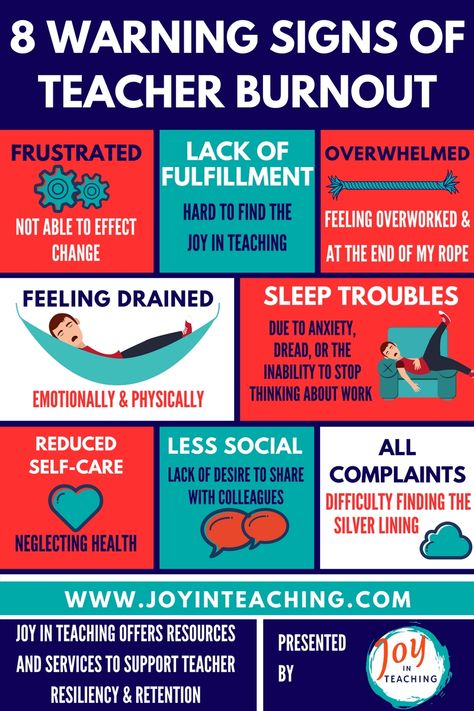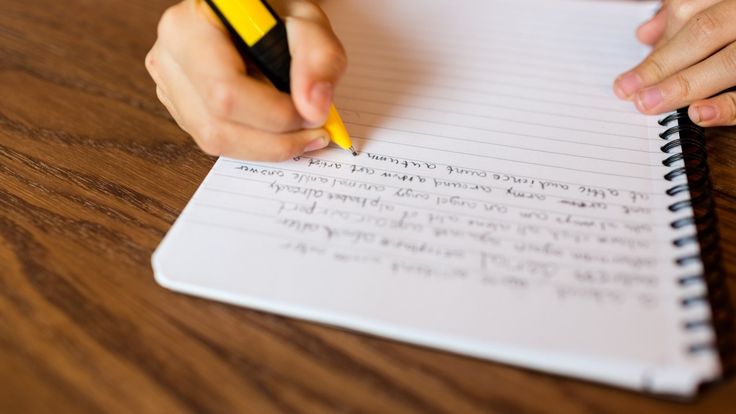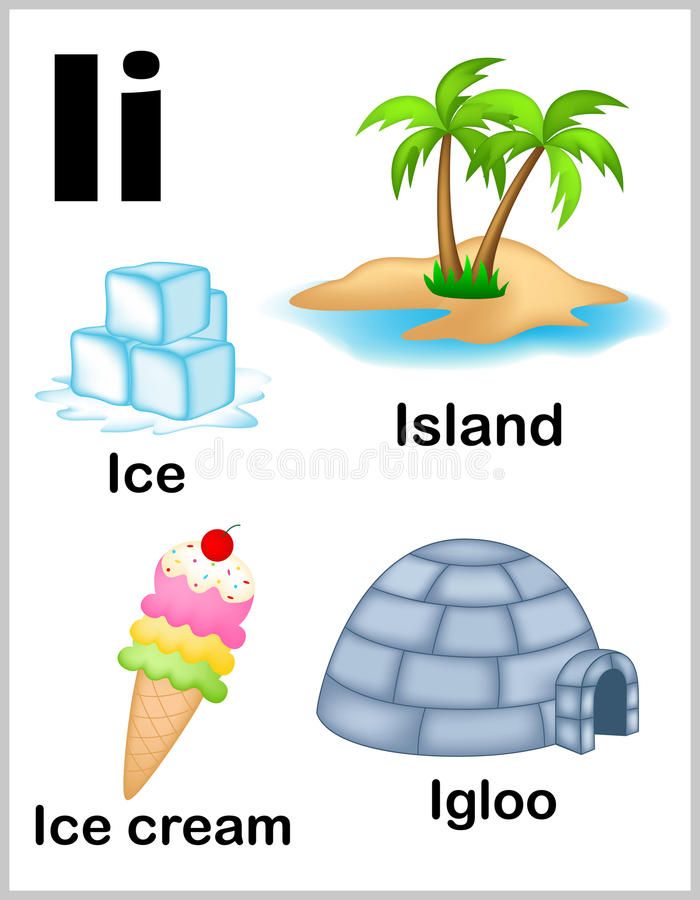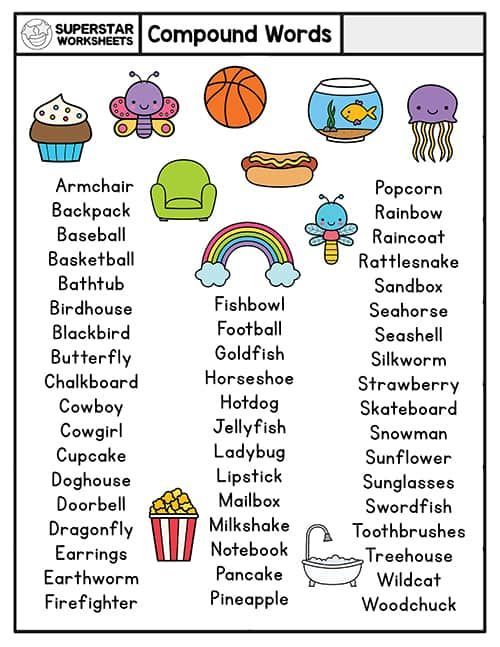Book guided reading levels
Guided Reading Levels – Holiday House
Holiday House is pleased to offer an extensive reference of our books and accompanying Guided Reading Levels based on the Fountas and Pinnell text leveling system.
Access the Excel spreadsheet below for
- Guided Reading Levels
- Lexile Bands
- Accelerated Reader (AR) Quiz Numbers, Points, and more
- Reading Counts (RC) Quiz Numbers and Points
as well as word counts and grade levels.
Excel Spreadsheet
Book leveling takes time, but if there are titles you are looking for which are not yet leveled, please contact us to let us know.
ABCDEFGHIJKLLBMNOPQRSTUVWXYZZ+
By Ethan Long
Illustrated by Ethan Long
Formats: Hardcover, Paperback, eBook, 6x9 Paperback
Size: 8 X 10
USD $14. 95
ISBN: 9780823435388
Themes: Animals/Fiction, Emerging Readers, Friendship, Humor, Preschool, Repetition
Recommendations: A,K,SLJ
Age: 4-8
Guided Reading Level: A
Publication Date: February 28, 2016
Season: Spring 2016
Pages: 24
By Steve Henry
Illustrated by Steve Henry
Formats: 6x9 Paperback, Paperback, eBook, Hardcover
Size: 6x9
USD $3.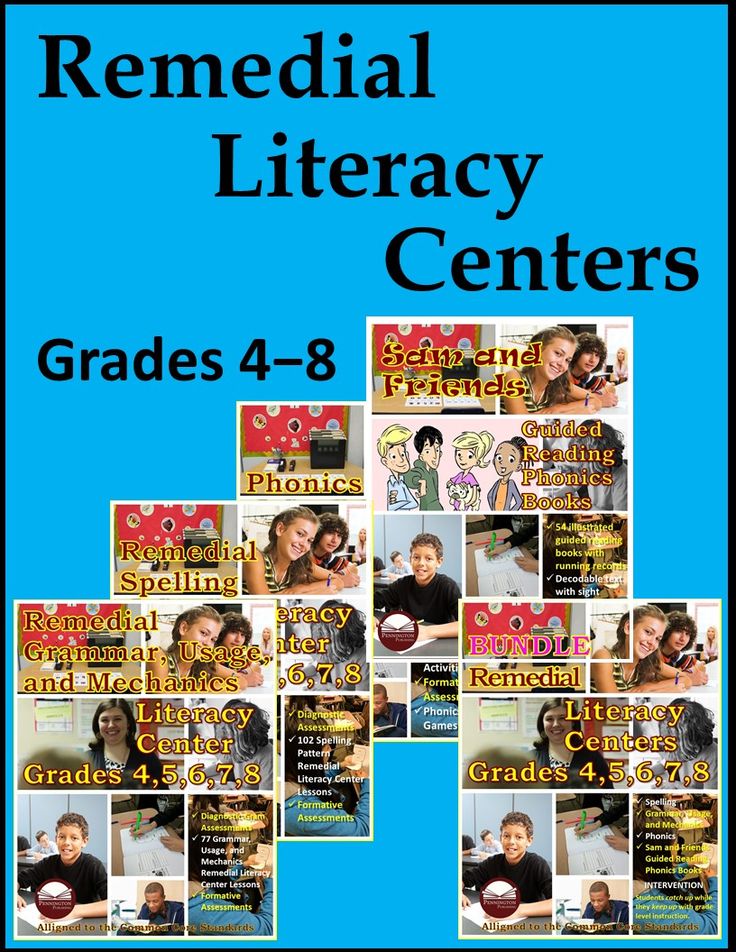 99
99
ISBN: 9780823438853
Themes: Adventure, Animals/Fiction, Easter, Emerging Readers
Recommendations: K,PW,SLJ
Age: 4-8
Guided Reading Level: A
Publication Date: November 7, 2017
Season: Fall 2017
Pages: 32
By Murray Head
Illustrated by Murray Head
Formats: Hardcover, Paperback, eBook
Size: 9 X 9
USD
$14.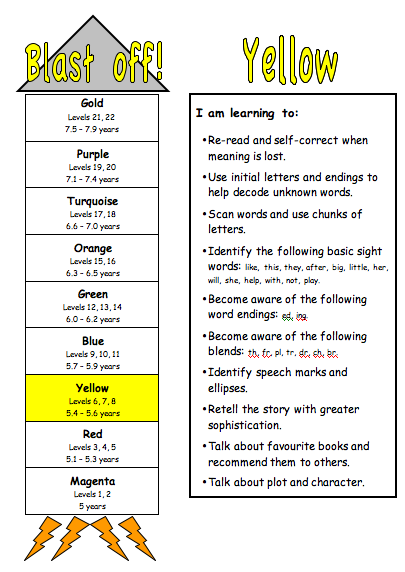 95
95
ISBN: 9780823438310
Themes: Animals/Nonfiction, Emerging Readers, Repetition
Recommendations: K,SLJ
Age: 4-8
Guided Reading Level: A
Publication Date: August 15, 2017
Season: Fall 2017
Pages: 32
By David McPhail
Illustrated by David McPhail
Formats: Hardcover, Paperback, eBook
Size: 8 X 10
USD $14.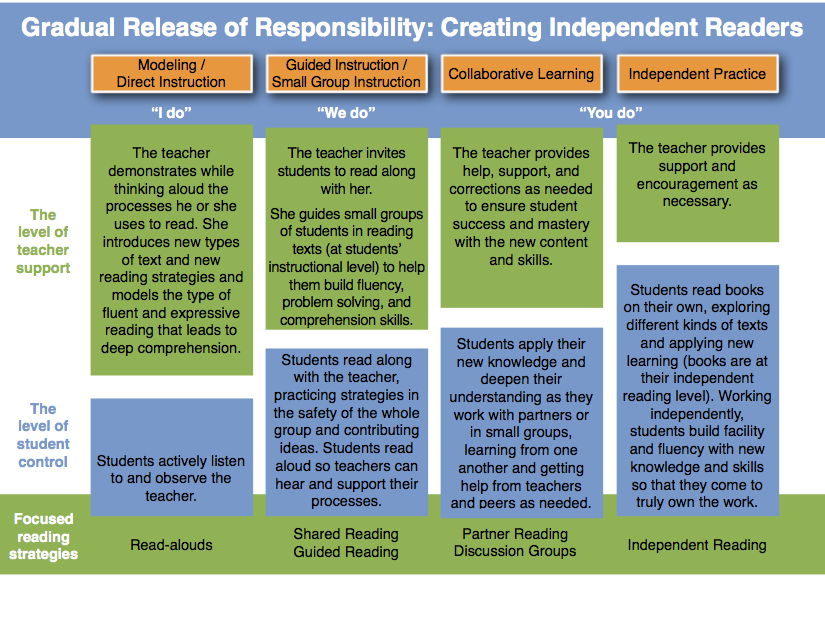 95
95
ISBN: 9780823438549
Themes: Bedtime Stories, Emerging Readers, Family & Relationships, Repetition
Recommendations: K,SLJ
Age:
4-8
Guided Reading Level: A
Publication Date: August 15, 2017
Season: Fall 2017
Pages: 32
By AG Ferrari
Illustrated by AG Ferrari
Formats: Paperback, Hardcover
Size: 10.2 x 8.3
ISBN: 9780823440986
Themes: Emerging Readers
Age: 4-8
Guided Reading Level: A
Publication Date: December 10, 2019
Season: Fall 2019
Pages: 32
By Shelley Rotner
Illustrated by Shelley Rotner
Formats: Hardcover, Paperback, eBook
Size: 8 x 10
USD $14.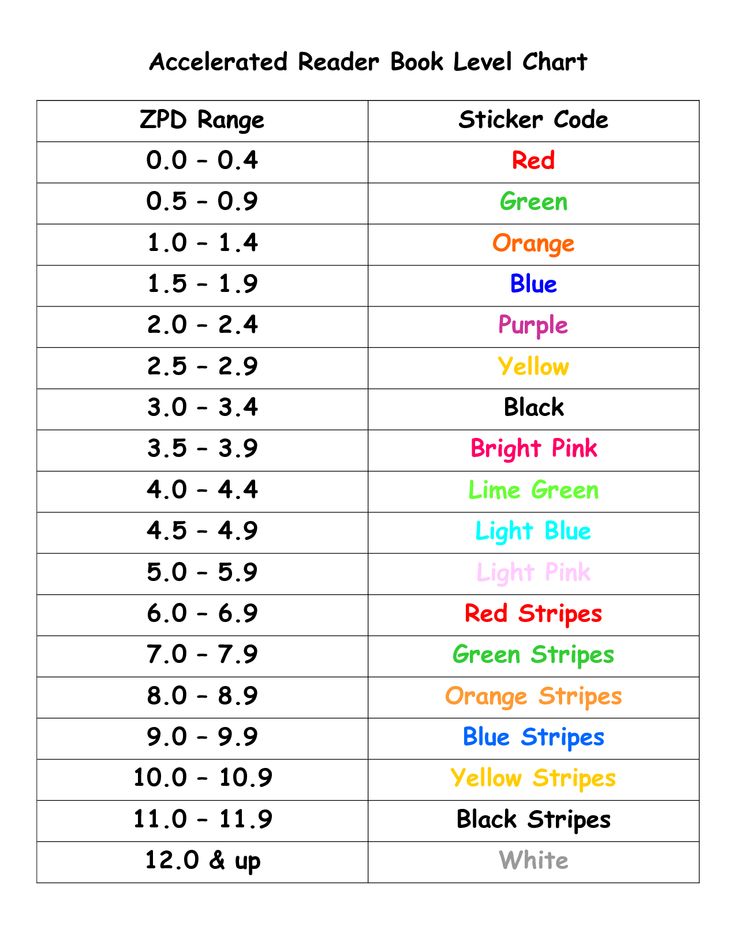 95
95
ISBN: 9780823438334
Themes: Animals/Nonfiction, Emerging Readers, Farming & Farm Life
Recommendations: K*,SLJ
Age: 4-8
Guided Reading Level: A
Publication Date: August 15, 2017
Season: Fall 2017
Pages: 32
By Paul Meisel
Illustrated by Paul Meisel
Formats: 6x9 Paperback, Paperback, eBook, Hardcover
Size: 6x9
USD $3.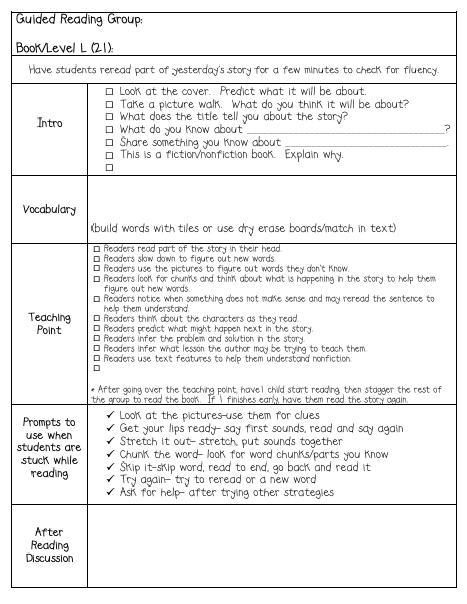 99
99
ISBN: 9780823438495
Themes: Animals/Fiction, Emerging Readers, Humor
Recommendations: K*,SLJ
Age: 4-8
Guided Reading Level: A
Publication Date: September 5, 2017
Season: Fall 2017
Pages: 32
By David McPhail
Illustrated by David McPhail
Formats: Hardcover, Paperback, eBook
Size: 8 x 10
USD $14. 99
99
ISBN: 9780823438891
Age: 4-8
Guided Reading Level: A
Publication Date: July 17, 2018
Season: Summer 2018
Pages: 32
Fountas & Pinnell Classroom™ Guided Reading Collection
Home / Explore / Classroom Resources / Fountas & Pinnell Classroom™ / Guided Reading Collection
The Fountas & Pinnell Classroom™ Guided Reading Collection
Meet students where they are and lead them forward with intention and precision.
Build a rich Guided Reading collection now or over time with the most powerful, engaging, original books to advance each student’s ability to process increasingly challenging books with fluency and comprehension.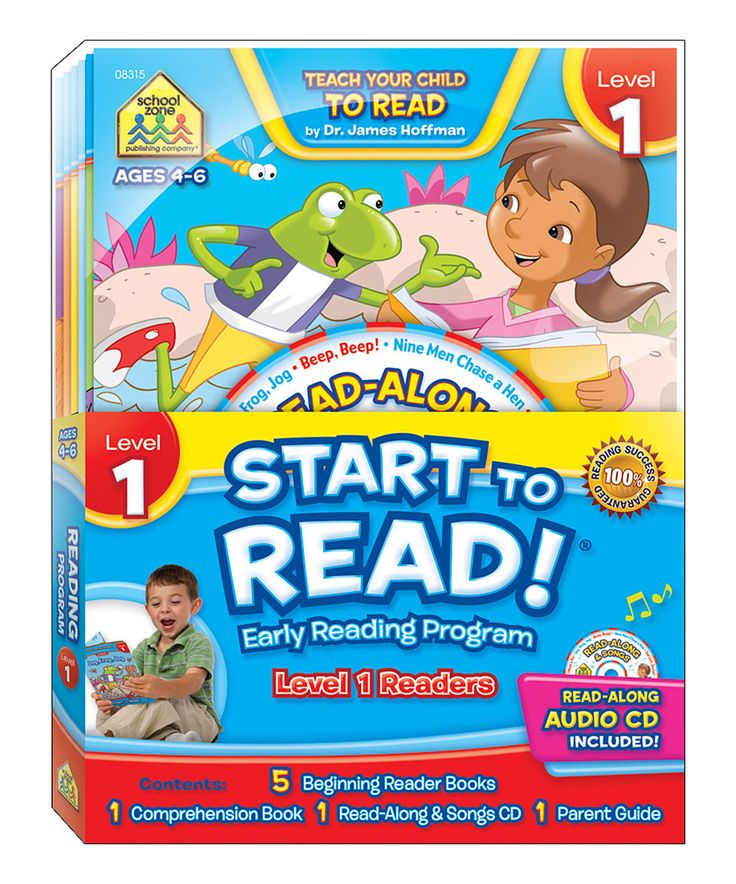
-
What is Guided Reading?
The Fountas & Pinnell Classroom™ (FPC) Guided Reading Collection is a small-group instructional context in which you support each reader’s processing of new challenging texts with hundreds of original titles (6 copies of each title) that span text levels A through Z, with an accompanying lesson folder for each title. By bringing together a small group of children who are at a similar point in their reading development and guiding them to process a text that is leveled on a gradient of difficulty, you are able to provide an incremental amount of challenge at each reader’s edge of ability to process text.
-
Who is it for?
The Fountas & Pinnell Classroom™ Guided Reading Collection is for the classroom teacher who wants to expand and refine children’s reading and writing powers in grades K–6. This context is implemented in a small-group setting for teachers to support each reader’s development of their systems of strategic actions for processing new texts at increasingly challenging levels of difficulty.
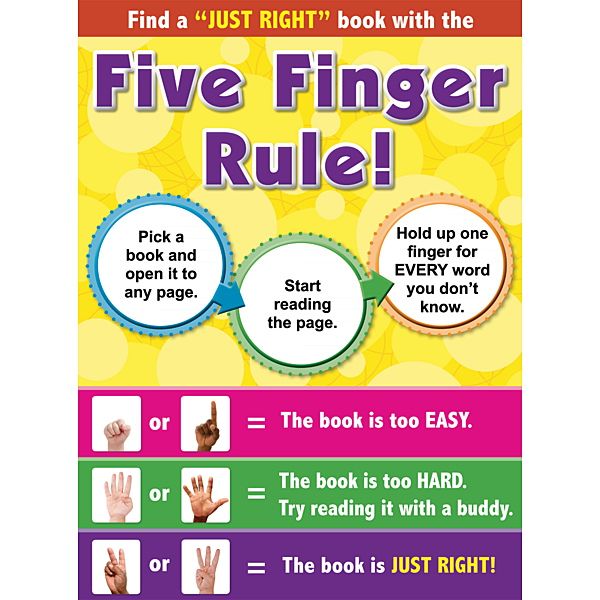
-
What is inside?
Fountas & Pinnell Classroom™ Guided Reading Collection Guide
A brief guide that provides an overview of the components and implementation of the FPC Guided Reading Collection.Guided Reading Books
1300 original titles (6 copies of each title) that span levels A–Z on the F&P Text Level Gradient™. At the heart of FPC are the highest-quality leveled books that captivate and engage the hearts and minds of all students in the classroom.Guided Reading Lesson Folders
A lesson folder per guided reading title to support teachers in providing high-quality, cutting-edge instruction that engages and extends students’ reading, writing, and language skills.FPC Guided Reading Online Resources
The resources needed for each guided reading lesson can be found online, including:- PDFs of each lesson and each Recording Form
- Video Library
- Online Data Management System trial
Other Digital Resources
- FPC Guided Reading Reading Record App for iPads®
-
How is it implemented?
The FPC Guided Reading Collection is implemented with small-groups of students.
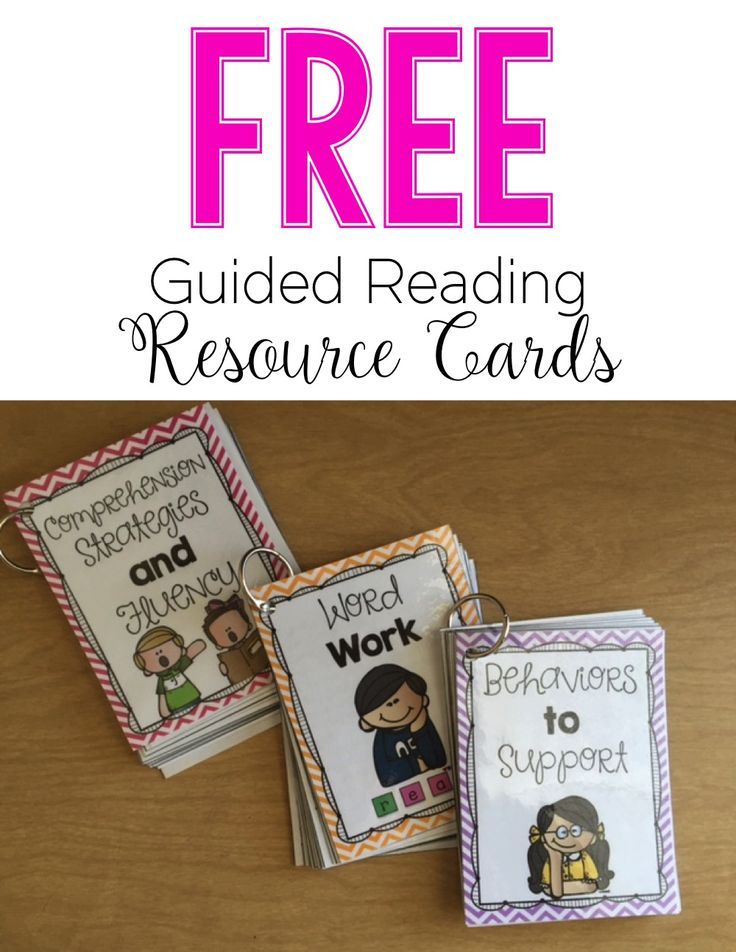 Children read a teacher-selected text in a small group while the teacher provides explicit teaching and support for reading increasingly challenging texts. These texts are at the children’s instructional reading level and the children read the whole text. In guided reading teaching is responsive to individual student strengths and needs.
Children read a teacher-selected text in a small group while the teacher provides explicit teaching and support for reading increasingly challenging texts. These texts are at the children’s instructional reading level and the children read the whole text. In guided reading teaching is responsive to individual student strengths and needs.
Evolution of a Guided Reading Book
Authentic, original leveled texts developed by the creators of the Fountas & Pinnell Text Level Gradient™. Find out the many steps it takes to produce a Fountas & Pinnell Classroom™ Guided Reading book.
See the Evolution
Fountas & Pinnell Classroom™ Implementation TimelineTake a look at the Fountas & Pinnell Classroom™ PreK–6 Implementation and Release Schedule.
This detailed timeline chart will show you which FPC Instructional Contexts will release and when.
Fountas & Pinnell Literacy™ Professional Learning Opportunities
Explore the transformative professional learning opportunities to further develop the teaching craft and energize your practice.
Explore Professional Development
Guided Reading Resources
Extend your expertise by visiting the Resource Library for Study Guides, Samplers, Webinars, Tools and more or by checking out the Fountas & Pinnell Blog.
View Resources View Related Blog Posts
Next Steps
- Shop Guided Reading at Heinemann.com
- Contact a Heinemann Sales Rep
How to read 100 books a year
Is your list of books to read growing? Do you buy books that you don't even touch later? It's time to fix it.
belchonock/depositphotos. com
com
Buy a lot of books
Read constantly
Read faster
Do not disperse attention
Properly approach choice
Read several books simultaneously
Remember read
Warren Buffett, one of the most successful businessmen in world, describes his day like this: "I just sit in the office and read all day." He advises everyone read as much as possible, and that is indeed a worthy goal.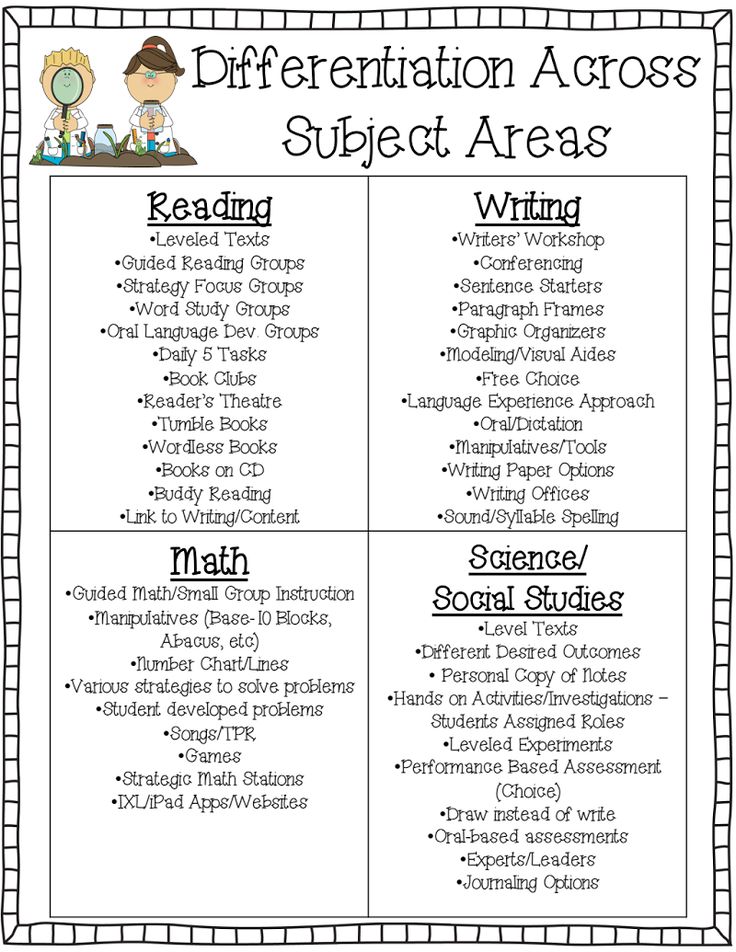 How to make reading permanent habit?
How to make reading permanent habit?
If you have read this article, you are probably also concerned about the fact that you read fewer books than you would like. Every year we read less and less. After school, university, work, family, new worries, obligations appear - and reading goes to second plan.
But in order to really achieve something in this world, you need to constantly gain new knowledge. And books are one of the best sources of information and other people's experiences. So let's set ourselves a goal of reading at least 100 books a year.
“
Fools learn from my own experience, I prefer to learn from the experience of others.
- Otto von Bismarck, the first Chancellor of the German Empire
Books cost both time and money.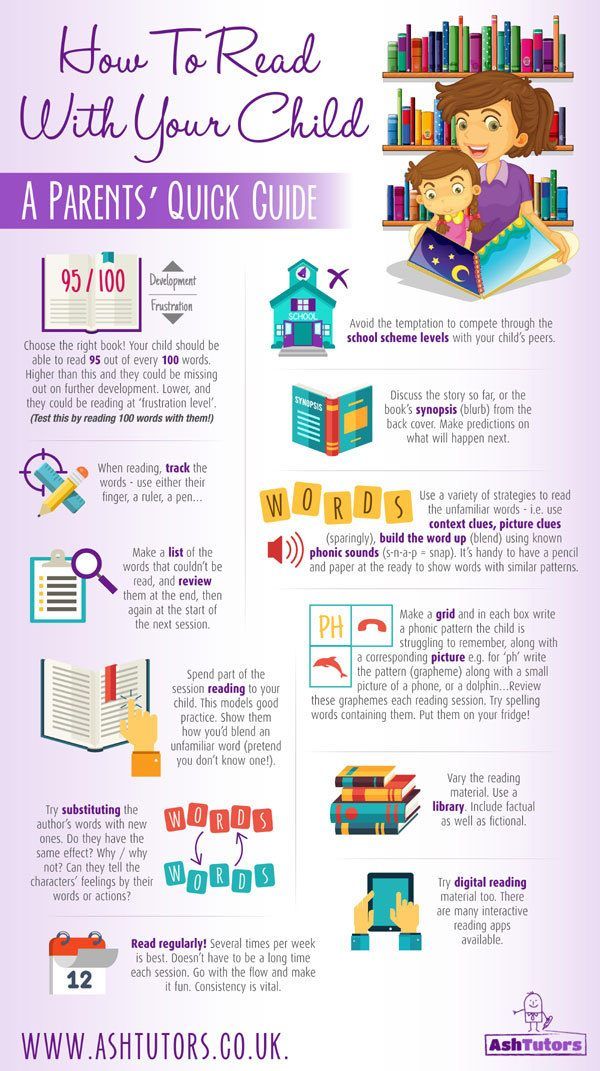 But if everyone can find the time, then the situation with money is more complicated. And here you have two options: earn or save.
But if everyone can find the time, then the situation with money is more complicated. And here you have two options: earn or save.
andriano_cz/depositphotos.com
But make sure the books are worth your investment. Maybe, you personally do not need books and the Internet with television perfectly replace them. In such If so, just don't worry about reading less books. There is nothing terrible in this. Most people simply don't need it. They can safely give 200 dollars for a pair of shoes, but will regret spending the same amount on 20 new books. It's up to you what to choose.
But if you want to know more, you have to buy. The point of this advice is that the more books you have at home, the more choices you have, and this will help you read more.
Here's why. Reading most of the books you don't plan ahead. You don't sit down in January and say, "In the first week of June, I'll be reading this book". Usually you finish a book and look through your bookshelf to decide what to buy. what to take next. If there is no suitable option at hand, you stop reading, until something worthwhile catches your eye. Therefore, it is important that you always have a small supply books.
Reading most of the books you don't plan ahead. You don't sit down in January and say, "In the first week of June, I'll be reading this book". Usually you finish a book and look through your bookshelf to decide what to buy. what to take next. If there is no suitable option at hand, you stop reading, until something worthwhile catches your eye. Therefore, it is important that you always have a small supply books.
mihtiander/depositphotos.com
Daniella Winkler/unsplash.com
“
Have a stock of books — means to always have a reason to read.
Read at least 1 hour a day on weekdays and more during weekends and holidays. Find time for reading in your schedule. Don't make excuses for being too tired or too busy.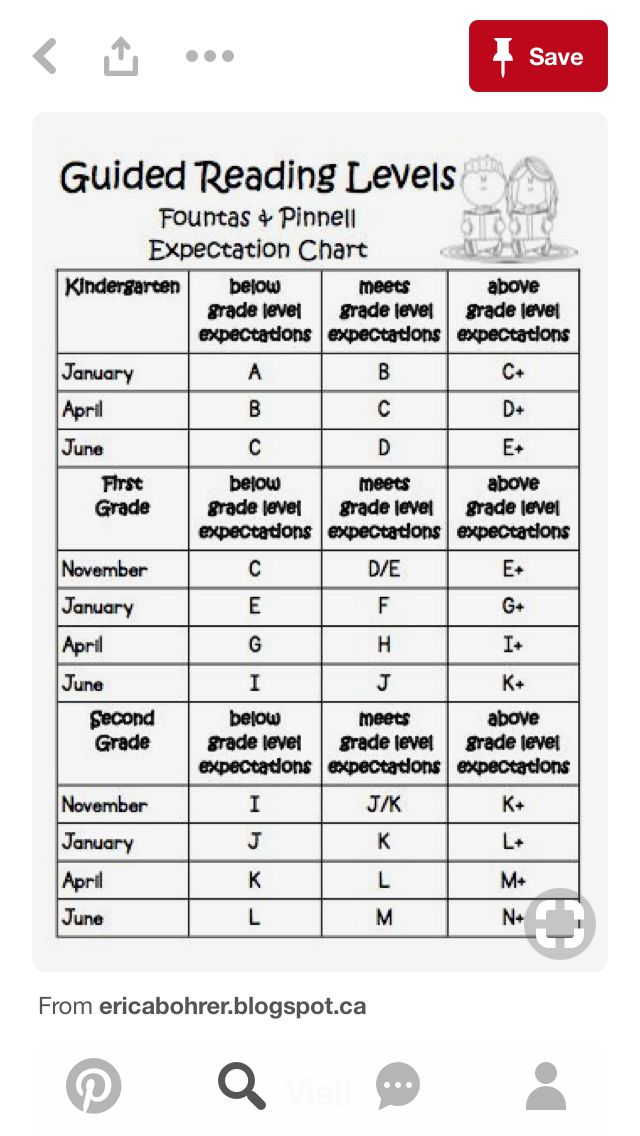
Maria Victoria Portellesr/unsplash.com
Reading all the time means reading when you are:
- on the train;
- feed the baby;
- eat;
- are in line at the hospital;
- are bored at work.
And most importantly: read while others watch the news on TV or check for the 113th time of the day Facebook*.
kasto/depositphotos.com
Padurariu Alexandru/unsplash.com
Milada Vigerova/unsplash.com
If you can do this, you can easily read 100 books per year.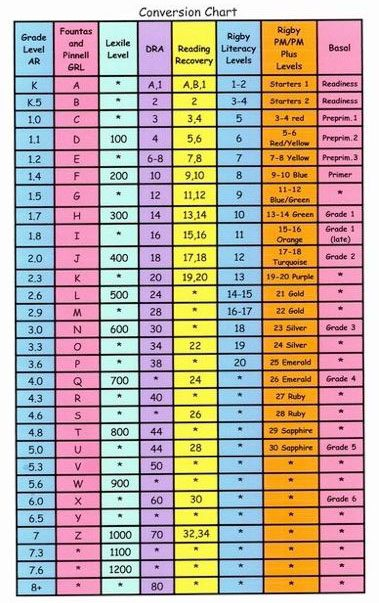 Most people read about 50 pages per hour. If you read 10 hours per week, you will read 26,000 pages in a year. Let's assume that on average there are 250 pages. Simple arithmetic: so you can read 104 books in a year. Moreover, you can even take a two-week break, and then you get exactly 100.
Most people read about 50 pages per hour. If you read 10 hours per week, you will read 26,000 pages in a year. Let's assume that on average there are 250 pages. Simple arithmetic: so you can read 104 books in a year. Moreover, you can even take a two-week break, and then you get exactly 100.
This is a good result, worth the time spent. What can not be said about reading the news on social networks.
“
read? I don't spend much time watching TV (the only exception is football season when I watch one game a week). I watch very few films. I don't spend Lots of commuting time to work. I don't spend a lot of time shopping.
- Shane Parrish, blogger Farnam Street
Looking at the statistics, the average person spends 35 hours a week watching TV, an average of one hour a day commuting to and from work and at least 1 hour per week for shopping.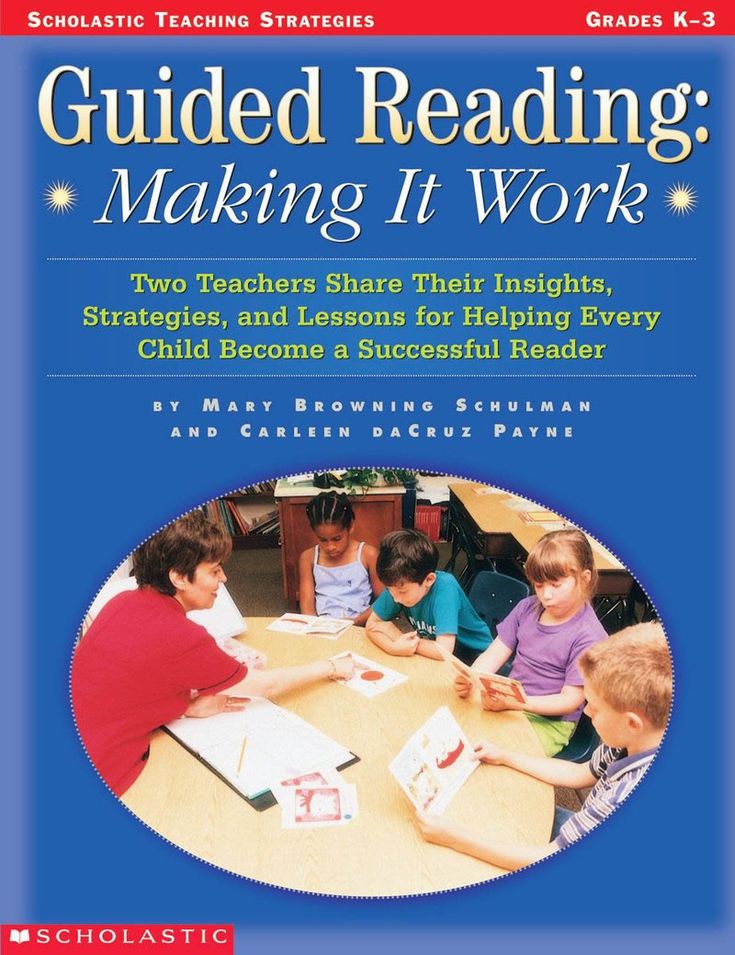 In total, this gives 43 hours a week, and at least some of that time could be spent reading.
In total, this gives 43 hours a week, and at least some of that time could be spent reading.
The obvious way to read more is to learn to read faster. And for most of us, quick wins are much more appealing than routine, slow reading.
Wavebreakmedia/depositphotos.com
So how fast can you read?
Staples, one of of the largest companies in the United States, engaged in the sale of office equipment, collected data on reading speeds of different people as part of an e-book advertising campaign. There are also Russian-language services for measuring reading speed. For example, you can check yourself here.
According to research Staples, the average adult reads about 300 words per minute. But this is, of course, conditional. data. The rate depends on age and some other demographics.
data. The rate depends on age and some other demographics.
- A 3rd grade student reads about 150 words per minute.
- 8th grade student - 250 words per minute.
- Average college student - 450 words per minute.
- Average high-level manager - 575 words per minute.
- Average college teacher - 675 words per minute.
- Speed Reader - 1,500 words per minute.
- World Champion Speed Reader - 4,700 words per minute.
But fast reading is not always the best way to read more. Reading comprehension is much more important. Often high reading speed or reading obliquely leads to the fact that we retain worse in memory information and forget the details. However, if you can improve your speed a little reading while maintaining reading comprehension is fine. This will definitely be beneficial. But reading faster isn't the only way to read more.
However, if you can improve your speed a little reading while maintaining reading comprehension is fine. This will definitely be beneficial. But reading faster isn't the only way to read more.
You can read quickly, or you can read a lot. The combination of these two skills is a great way to teach yourself to read and not get bored, but at the same time, each of these skills is valuable in itself.
Tulane Public Relations/flickr.com
In fact, for many people it is important not only to read book from beginning to end, for them the story itself is more important. Reading speed doesn't have that much values if you are reading for pleasure.
From this point of view, the desire to read more means having more time to read and getting more information in general: from books, magazines, blog articles, and so on.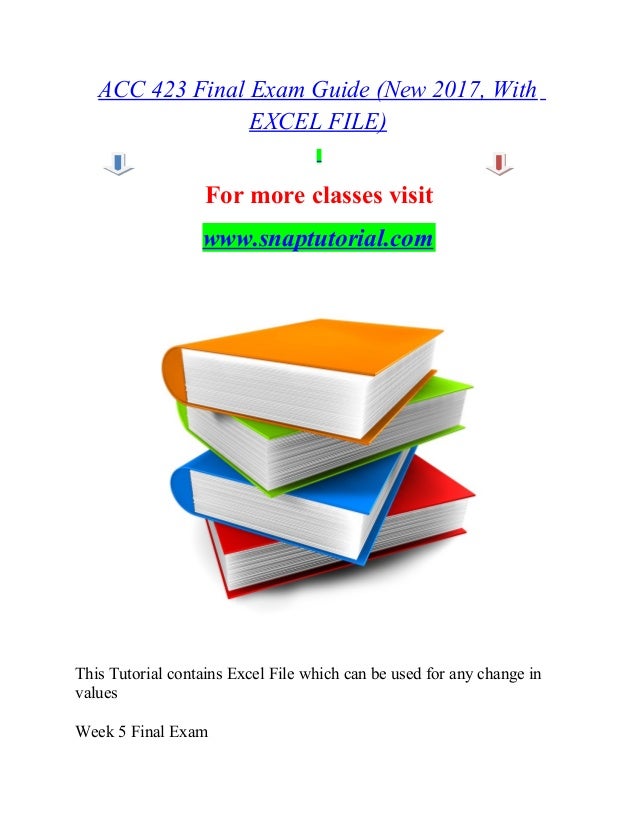
And let's start with the main question. How how many books do you read in a year? According to research, the average adult reads 17 books a year.
The key word here is average. Because the gap between those who reads, and those who do not read, too big. There are those who read much more than 17 books in a year, there are those who read much less - not a single one. According to a 2013 survey, 44% of Russians generally do not take a single book in hand for the whole year.
So let's look at 3 easy way to take in more information.
Method
by Tim Ferris
Method No. 1
Tim Ferris, author of How to Work 4 Hours a a week and at the same time not to hang around in the office “from call to call”, live anywhere and get rich” and others bestsellers, has its own technique that helps to increase the speed of reading by 3 times. This technique consists of two techniques.
This technique consists of two techniques.
Use a pencil to follow and set the pace (this is how some people run their finger along the lines during reading). Many often return to what they read, jumping with their eyes along the lines. Such indentation slows down reading. But if you point your way with a pencil, then stop getting lost in the text, which means you can read faster.
Start every new line not from the first, but at least from the third word and finish reading the line in three words to end. Try to figure out the rest on your own or capture it with a peripheral vision. At first, do not worry about whether you understand what you read or not, because that the main goal is to adjust your eyes to the new reading speed. Ferris claims, that one should strive to read a line in half a second. Repeat this process until you get used to this speed, at which point reading comprehension will also start improve.
Ferris claims, that one should strive to read a line in half a second. Repeat this process until you get used to this speed, at which point reading comprehension will also start improve.
The first technique can be used to master second. With practice, you will train your peripheral vision and begin to quickly perceive words that your vision is not directly aimed at.
“
Untrained readers spend half their time in the margins, moving from the first word to the last. This means, that they spend 20–25% of their reading time on parts of the page that do not contain no information.
— Tim Ferris, writer
Use technology
Method #2
Is there room for innovation in reading? The emergence of new method confirms that it is.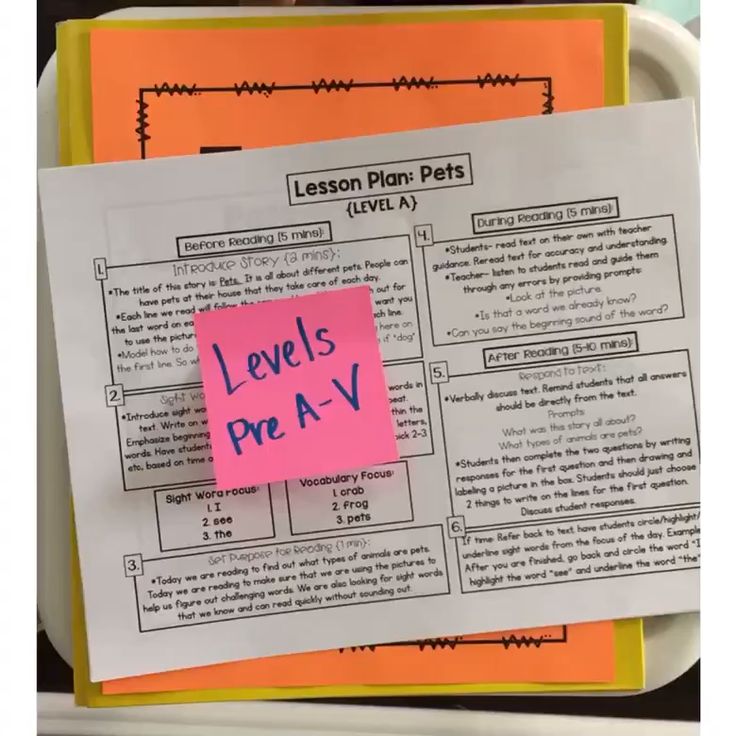 The Spritz speed reading system helps you read faster and platforms like Makeright to digest the contents of a book faster.
The Spritz speed reading system helps you read faster and platforms like Makeright to digest the contents of a book faster.
Spritz
Shows one by one word from an article or book at a time inside a special field. Each word in red one letter is highlighted to facilitate concentration. You set the speed at which it is convenient for you to perceive the text, gradually increasing this indicator. You can install readers that use Spritz technology on your smartphone (there are options for both iOS and Android), download your books and read them faster.
Makeright
Service that publishes summaries of popular books on business, psychology, science and health. You literally in 15 minutes you will learn the main provisions from the work of interest to you, the most saving your time. If you are interested in the book, then buy the full version and enjoy.
If you are interested in the book, then buy the full version and enjoy.
Buy eBook
Method no. 3
People who prefer e-books read in an average of 24 books per year, while adherents of traditional paper publications - only 15.
This is quite understandable. E-books are easy to use, portable and convenient. FROM they make it easier to spend a little time reading when there is a free minute. Of course, maybe you won't read 9 right awaymore books a year, but at least interesting spend time in line or on public transport.
This seemingly counterintuitive advice comes from the author of the seemingly controversial book The Art of Talking About Books You Haven't Read, Pierre Bayard.
belchonock/depositphotos.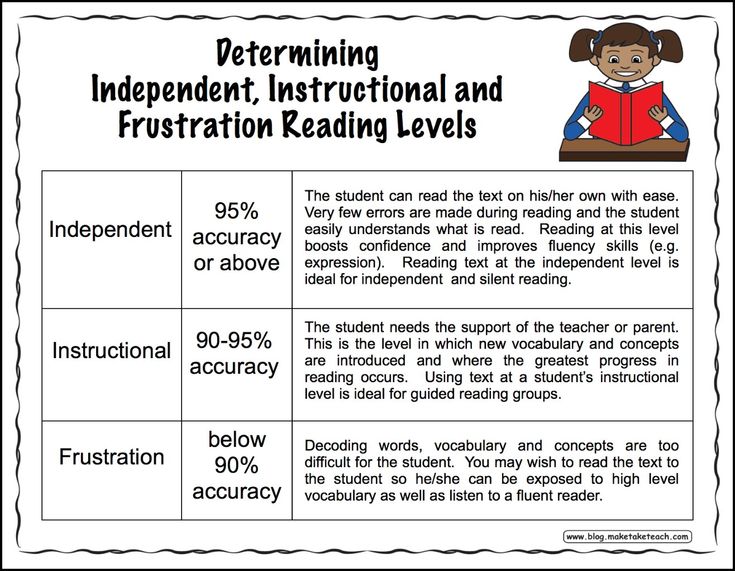 com
com
Bayard is convinced that books should not be approached with simplified position "read" and "not read" - there are several more options:
books we read;
books we flipped through;
books we have heard about;
books whose content we forgot;
books that we never opened.
Have you ever come across a book that the rest, just amazing, but which did not hook you in any way? And it's not because this book really sucks.
Just not all books fit to each. The book may be a top seller, but you may be disappointed written. Or maybe this book fell into your hands at the wrong time.
Anyway, if you can't turn the page, put the book aside and take hold of one that truly brings you joy and pleasure.
Possibly to read more books, you should look at the process of reading from the other side? For example, for to keep abreast of fashionable literary novelties, you do not have to read bestsellers from the cover to the crust - just run them obliquely. Conversely, for books that really matter to you, approach more thoughtfully and seriously.
Read literature that is relevant to what is happening in your life. people already 2 Books have been written for 000 years, and among them there were many who found themselves in the same situation as and you: struggling teenagers, aspiring artists, broke entrepreneurs, new parents, and so on.
Read books that related to your profession or hobby. Read about the people who make you feel Delight. But don't pick up a book just because it's a bestseller or classics.
Josh Felise/unsplash.com
Visual Supply.co/unsplash.com
Annie Spratt/unsplash.com
“
time to read about things that don't interest you at all.
There are no strict rules for reading, so you can do whatever you want.
peshkov/depositphotos.com
Sometimes I read 5 books at a time. Yes, I I can read 50 pages of one book in the morning, and in the evening take up another. Although this is also a matter of taste. Someone else will probably prefer to read the book from beginning to end, before than take on another.
If you are reading something difficult, save for the evening something easier. For example, before going to bed it is nice to read biographies. Yes, and artistic Literature is best in the evening.
But I can't read a book about investments lying in bed with a pen and notepad. If I do so, then I simply won’t be able to fall asleep until 3 in the morning, because the brain begins to work actively, assimilating new knowledge.
Knowledge is good because it can be used. But to keep knowledge in memory, you need a system. We offer you 3 memorization methods to choose from. They can be used individually or as part of a system.
belchonock/depositphotos.com
METHOD #1
Train your brain with impressions, associations and repetition
To better remember the books you read, you need to understand how our brain stores information.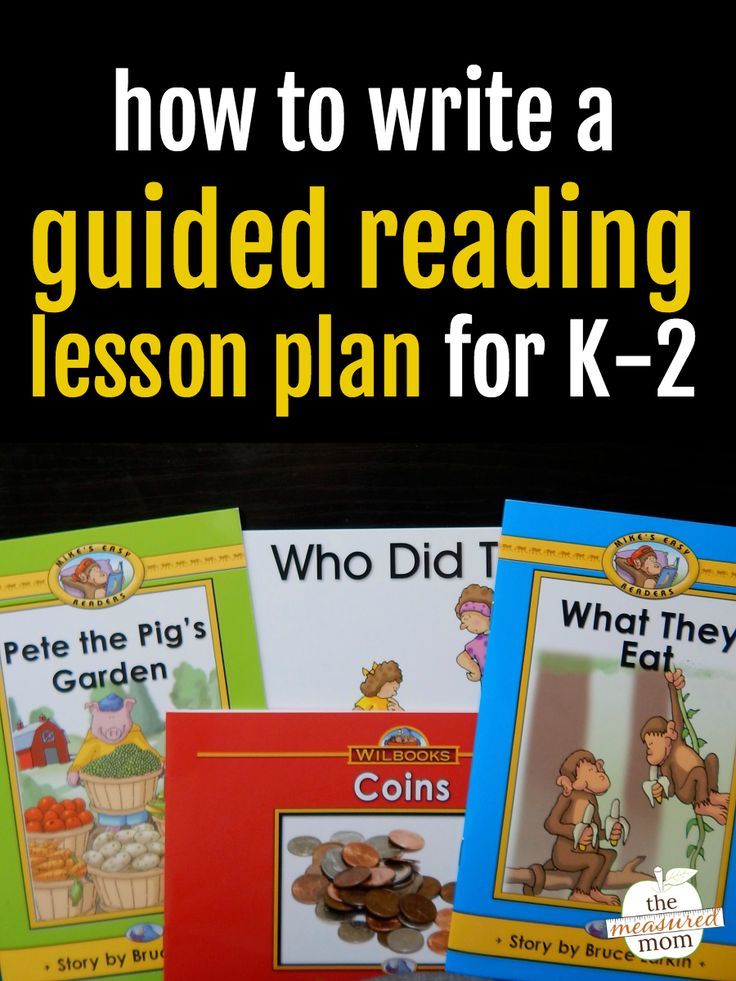 In this he is helped by impressions, associations and repetition. Let's take a look at an example. Let's say you're reading How win friends and influence people by Dale Carnegie, did you enjoy the book and you want to remember as much as possible.
In this he is helped by impressions, associations and repetition. Let's take a look at an example. Let's say you're reading How win friends and influence people by Dale Carnegie, did you enjoy the book and you want to remember as much as possible.
Impressions
Link the impressions to the text. Stop and try to imagine a picture in your head with yourself in the lead role. For example, when Carnegie describes his dislike of criticism, imagine that you get the Nobel Peace Prize and then throw away your prize. Another the way to turn on impressions is to read the passage aloud. Some of us are better perceive information aurally rather than visually.
Associations
Link the text to something you already know. This method best used in conjunction with the technique of repetition. In the case of the Carnegie book, if you want to remember some principle, remember a specific example from your life when you could use it. Prior knowledge is the basis for building strong associations.
This method best used in conjunction with the technique of repetition. In the case of the Carnegie book, if you want to remember some principle, remember a specific example from your life when you could use it. Prior knowledge is the basis for building strong associations.
Repetition
The more you repeat, the more you remember. You you can immediately reread the passage you like or leave a bookmark to come back to it later.
By combining these elements, you will be able to memorize better and better. The more you practice, the more you will memorize.
WAY #2
Focus
on four reading levels
In his book How to Read Books, Mortimer Adler identifies 4 levels of reading (each new level of perception of the book is based on previous one):
Elementary
The one we were taught in school.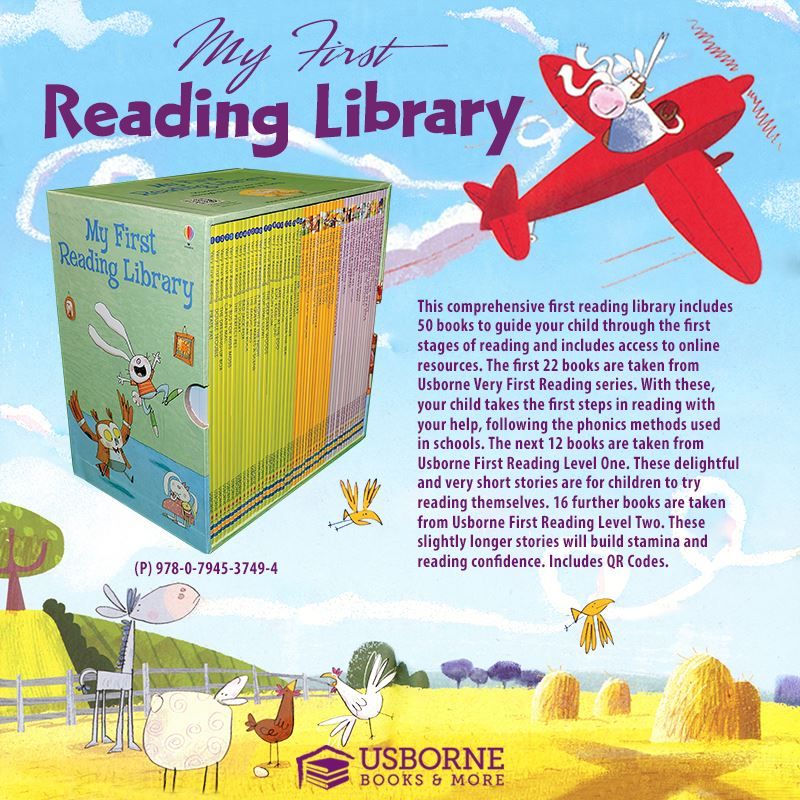
Inspection
Inspection reading can take two forms: fast, insufficiently careful reading or scrolling through the preface, table of contents, indexes and title pages.
Analytical
Involves a thorough, comprehensive study of the book.
Thematic
Read other books on the subject and compare your experiences.
Better understand the context and content of the book simple rules will help.
Classify the book according to topics.
State the main contents of a book. Be brief.
Make a list of the main parts in sequence and establish connections between them. Describe very briefly the content of each.
Describe very briefly the content of each.
Identify the problem or problems the author is trying to solve.
When you take apart a book, you fix it in memory of the impressions received from it. Analysis of publications similar in subject matter will help not only to better understand the material, but also to remember it for a long time.
METHOD #3
Take notes
Take notes - This is one of the most popular and effective ways to remember the books you read.
When reading a book, do pencil notes in the margins, and highlight important passages with a marker. If you read e-books, add bookmarks and save text. But don't underline everything that seems even slightly interesting to you.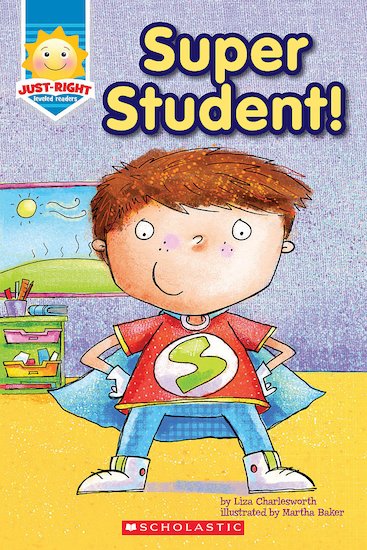 Select only what which impresses you.
Select only what which impresses you.
If you read what If you definitely want to remember, turn down the corner of the page. For e-readers books: take a picture of the screen and save it as a note.
When you finish the book, go back to the folded pages and run your eyes over the notes.
Write in your own words (using the application or a regular notepad), what was the book read about and what advice given by the author.
Write down the most important quotes.
“
When I I finish a book, I put it aside for a week or two, and then I come back to it. I look at my notes and the places I marked as important.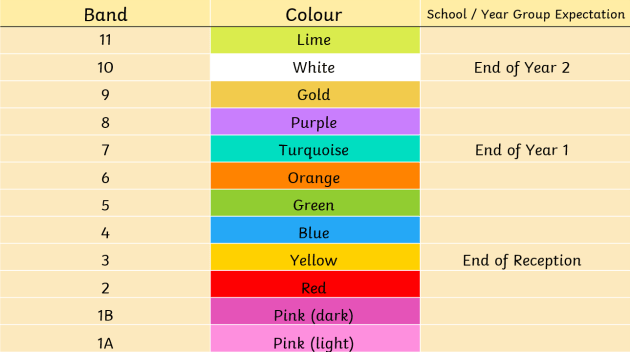 I write them out. Or I put the book down again for a week or two.
I write them out. Or I put the book down again for a week or two.
- Shane Parrish, blogger Farnam Street
It's not that you just make a copy books. This is how you process information that may be useful to you in the future.
It doesn't matter which note-taking method you use. The main thing is that he was. Keep it as simple as possible so that when you finish reading the book, you want to take advantage of them.
Read as much as you can, but remember to The most important thing is to apply the acquired knowledge in practice. If you spend a lot of time for reading books, make sure that this activity gives you something in return.
subject:
Author and layout — Lera Merzlyakova.
Editor — Natalya Skornyakova.
Sources: How To Read 100 Books A Year
The Art of Reading, Remembering, and Retaining More Books
How to Read Properly: The Definitive Guide
Melissa Chu
Dies Reading
.
The nature of the book has evolved. Society and technology have changed. Albeit forced, but adapting to a different way of life, our approach to reading has taken on new forms.
The only question is, is it for the better or for the worse?
Although books can give us new ideas, stir up an argument, or explore a problem more fully, the same information can be presented in a variety of formats. So when it comes to exactly how we should read, opinions tend to differ.
Efficiency of Speed Reading
Beginning in the 1950s, speed reading has been advertised as an effective way to quickly absorb textual material. Scientists, psychologists, and teachers have come up with methods to increase reading speed using hand tools or eye movements.
At the World Speed Reading Championship, the best participants achieve reading speeds of 1000-2000 words per minute. Six-time champion Anne Jones once read 4,200 words in 60 seconds. These figures seem phenomenal compared to the average adult reading ability at 300 words per minute.
So, what are the methods used by speed reading masters?
There are four common methods:
1. Skimming (Skimming) - This method involves skimming through a passage in order to find and highlight key points. Instead of carefully reading each word, you skim through the first and last paragraphs, headings, and similar clues to find the main ideas. Scanning, a similar method, involves skimming text to find specific words and phrases.
2. Meta guiding (Meta guiding) uses a pointer, finger, or pen to direct the reader's eye along lines. The pointer helps the eyes move horizontally, focusing on the word you are about to read.
3.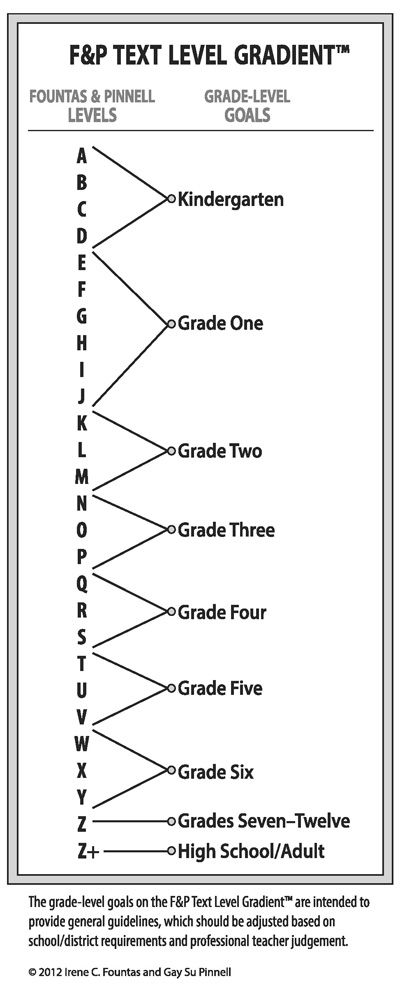 The Vision span method uses the range of human vision to read words in groups. Readers focus their eyes on one central word and then use their peripheral vision to see adjacent words. It is believed that in this way we can read about five words at a time.
The Vision span method uses the range of human vision to read words in groups. Readers focus their eyes on one central word and then use their peripheral vision to see adjacent words. It is believed that in this way we can read about five words at a time.
4. Rapid Sequential Visualization (RSVP) is a more modern method. It involves the use of an electronic reader that displays the words one by one. You can choose the speed at which they will be displayed on the screen.
Although many readers adhere to these methods, there is still some controversy about their usefulness. So, when skimming, some of the details are lost. On the other hand, pre-skimming and scanning can help you learn a topic quickly and then read those sections in more detail.
One of the authors of The Psychology of Reading, Keith Rayner, rejects the technique of speed reading. He attributes this to the limitations of the anatomy of our eyes and our brain's ability to process information.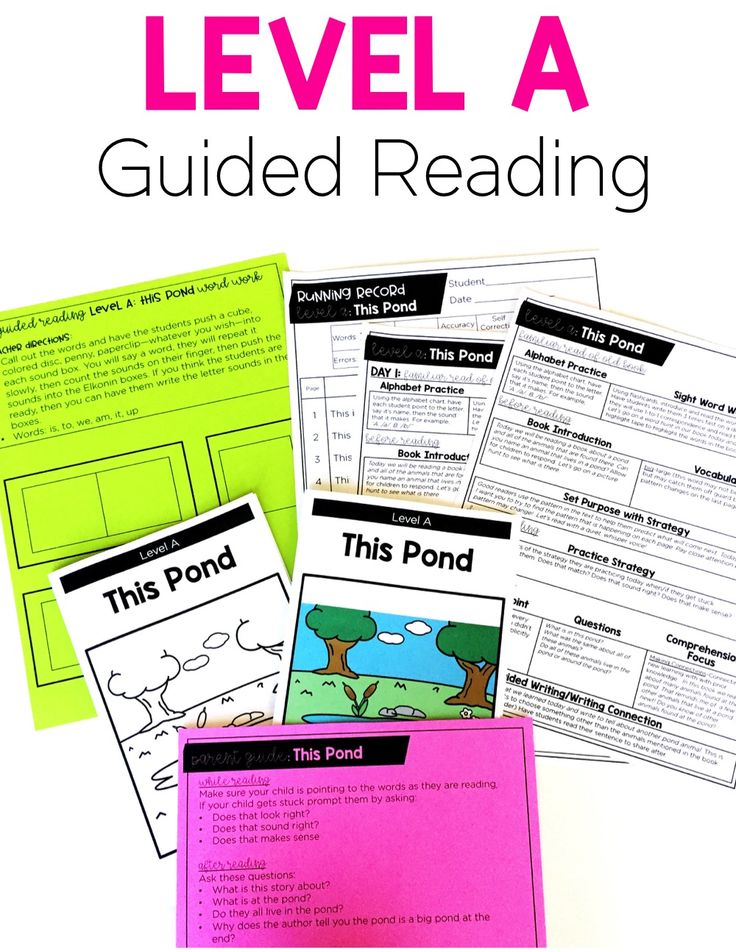 Moreover, in order to save time, most speed reading methods are aimed at suppressing the mental process of voicing words (also known as subvocalization). Reiner argues that with such reading, the level of memorization and understanding of what has been read decreases sharply.
Moreover, in order to save time, most speed reading methods are aimed at suppressing the mental process of voicing words (also known as subvocalization). Reiner argues that with such reading, the level of memorization and understanding of what has been read decreases sharply.
As for the best participants in the World Speed Reading Championship, their level of understanding, as a rule, fluctuates within 50%. And while Ann Jones's reading speed is impressive, her comprehension rate is around 67%, and that's only if she's encountered the text before.
So, no matter what speed reading method you use, the facts indicate that understanding is always sacrificed for speed.
It's not always bad - it all depends on what you're reading. If you are trying to read dry official documentation to highlight a few key points, it makes sense to use skimming. The RSVP method works when you read a short passage that is easy to understand. Personally, I like to use a pen as a pointer to guide my eyes through the text.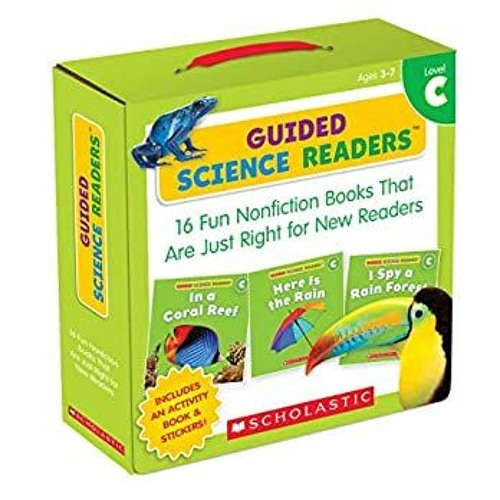
But if you are reading a difficult book or one that you want to ponder over, savoring each chapter, there is no point in using speed reading methods.
Choice of reading format
Previously, there was only one reading option - the traditional paper edition. Today we can choose to read, watch or listen to books. The large number of options raises new questions about how we should read a book and why one format is better than another.
Paper book. According to studies, paper books have certain advantages over other formats. First, readers have a clearer sense of progress in reading when they can physically flip through the pages. Tactile sensations also contribute to better memorization of what has been read. In addition, paper books are positioned as an effective sleep aid because, unlike electronic devices, they do not emit blue light.
Another advantage of traditional books is that many people prefer them. People love the feel of paper.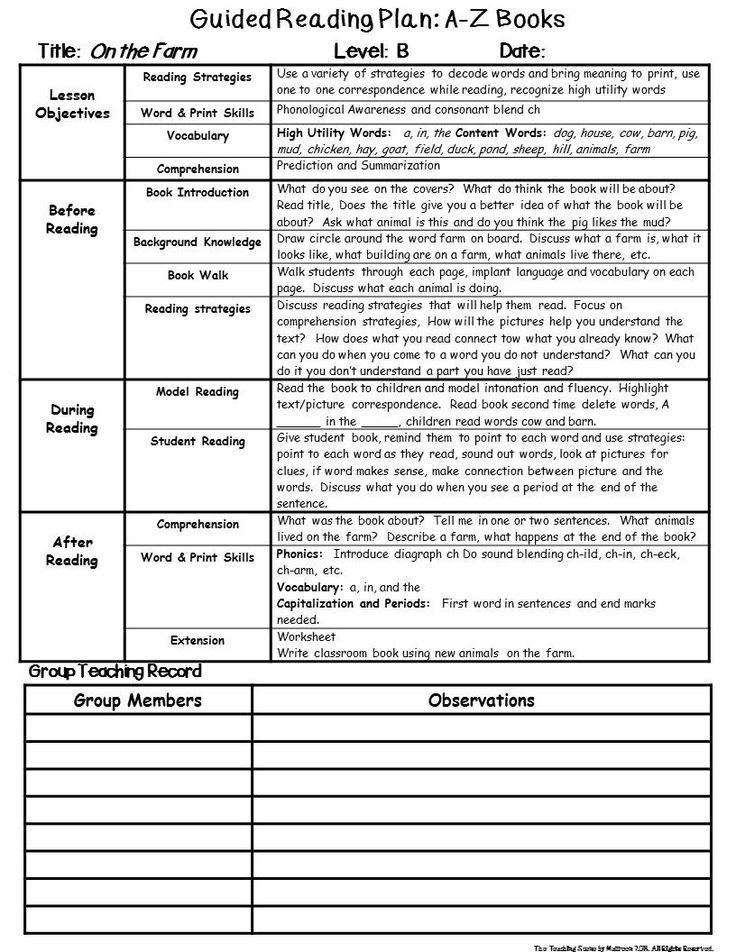 The soft smell, weight of the book and the ability to flip through the pages enhance the reading experience. However, the disadvantage of paper books is their weight and inconvenience during transportation.
The soft smell, weight of the book and the ability to flip through the pages enhance the reading experience. However, the disadvantage of paper books is their weight and inconvenience during transportation.
Electronic readers. Their main advantage is convenience. It makes no difference whether you carry one book with you or a hundred. This is useful for travel, especially if you want more reading options. E-books are also more user-friendly as we are used to electronic devices such as smartphones and tablets.
However, the big problem with readers is the blue light. Researchers have found that people who prefer e-books to paper books take longer to fall asleep. Those who use tablets, laptops, smartphones and backlit readers for reading have reduced levels of melatonin, a hormone whose concentration increases in the evenings and causes drowsiness. As a result, they sleep poorly and wake up tired.
It's good that e-ink e-books are an exception. These devices impart a glow to the screen itself, which improves the visibility of the text and does not dazzle the reader.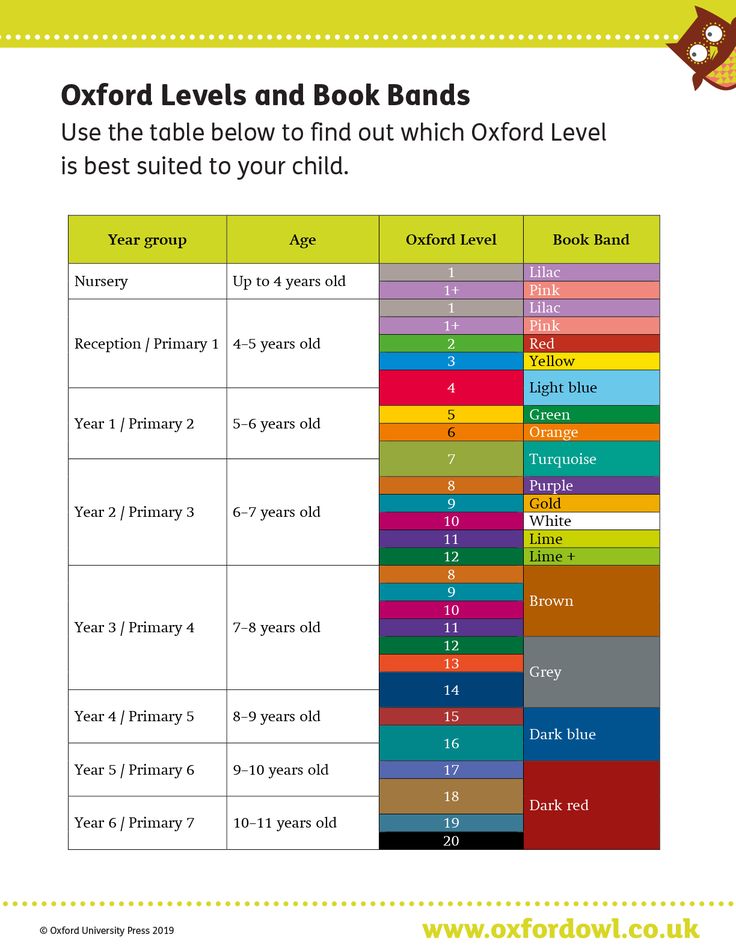 The resulting effect is similar to a lamp aimed at a paper book.
The resulting effect is similar to a lamp aimed at a paper book.
Audiobooks. Some people are quite skeptical about them, because they think that listening does not provide the same level of immersion as reading. However, studies note that we can perceive information by ear almost as well as visually (but whether these methods are completely equal is a separate topic for discussion). In some cases, the tone of the narrator helps listeners to better understand the meaning of the text.
The problem with audio, however, is that people tend to multitask. If you are typing an email or cooking while listening to the narrator, the message may get lost. Personally, I like to use audiobooks when I'm least distracted, like when I'm standing in line or going for a walk.
Recently, speed reading through audiobooks has become very popular. Some people listen to a book at 2-3 times the speed of the original recording. And although they argue that no information is lost in the course of such reading, it is worth considering whether we should approach the study of the text in this way.
A book is not just a box waiting to be opened to check the contents. Its study is an experience that requires the absorption of material, reflection on it and return in the form of new knowledge. Similar to the emergence of creative moments, which most often occur during quiet periods, we get fresh ideas from books during pauses in reading.
The State of Reading Today
Given the boom in e-books, smartphones, and electronic devices in general, it's no surprise that people are turning to reading in a variety of ways. As information "digitizes", access to books becomes easier.
However, most things can now be easily accessed. Videos are available upon request. People can chat with friends all over the world. With the myriad options at our fingertips, are books really any more appealing under these conditions than they used to be?
According to a survey in Japan, the more time people spend on their smartphones, the less time they have to read books. Overall, 53% of respondents have not read a single book in the past month. This situation has been going on for 5 years now.
Overall, 53% of respondents have not read a single book in the past month. This situation has been going on for 5 years now.
On a positive note, another study showed an increase in reading from 17% to 21% after the holiday season because tablets and e-readers became one of the most popular gifts. Last year, about 43% of American adults preferred to consume so-called "long content", whether it be books, magazines, or articles. On average, e-book users read 24 books per year. Lovers of paper — 15.
Places and circumstances of reading have changed. People open a book every time they have free time, such as while commuting or between tasks. Increasingly, reading takes place while watching TV or surfing the Internet.
Although we read the text, it often happens in short bursts, during which the benefits of "deep reading" are lost. Prolonged quiet reading helps a person enter a state similar to a hypnotic trance, in which the experience of the content is most enjoyable.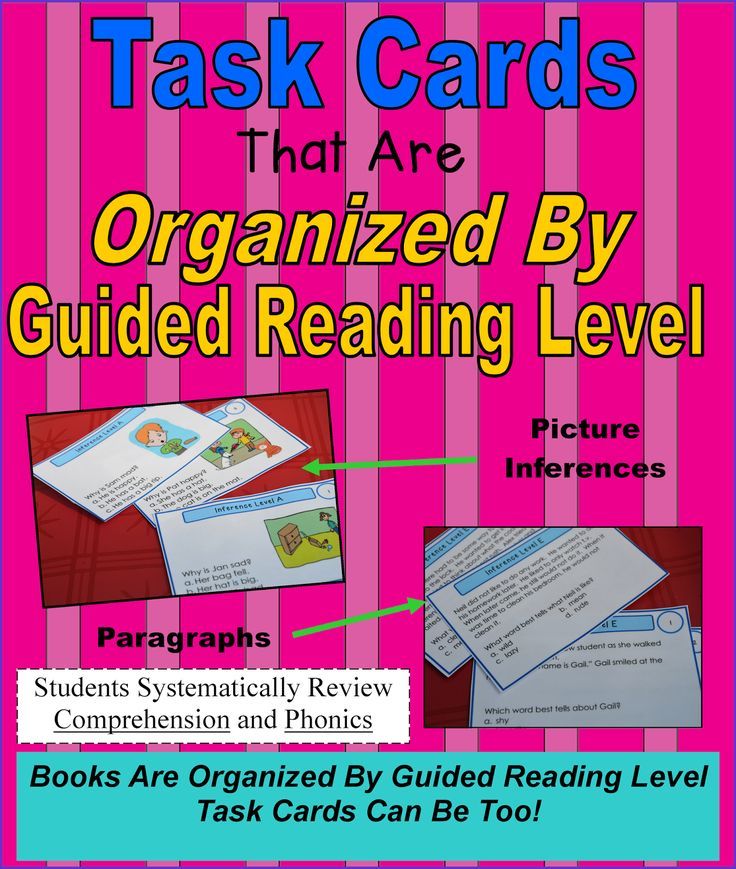 Interestingly, the reading speed actually slows down. In this state, we decipher words faster, while maintaining a gradual tempo, understanding is enhanced, and a special relationship is established between the author and the reader.
Interestingly, the reading speed actually slows down. In this state, we decipher words faster, while maintaining a gradual tempo, understanding is enhanced, and a special relationship is established between the author and the reader.
How to read in a changing society
Ideally, we would read continuously for several hours, in soft lighting and without any distractions. Unfortunately, most of us don't have that daily luxury.
So how can we get the most out of reading? Here are four effective solutions:
1. Choose the right reading materials for different situations.
Reading only when we have long, free periods of time is quite difficult. We squeeze into books whenever we can, between work and leisure. These factors make it difficult for us to completely immerse ourselves in ourselves.
Therefore, it makes sense to classify reading material according to place and time. For example, put articles and light reading aside to read in short free periods. Books that require less attention can be listened to in audio format. Difficult-to-read material can be saved for when you have longer periods of free time.
Books that require less attention can be listened to in audio format. Difficult-to-read material can be saved for when you have longer periods of free time.
2.Make reading a daily habit.
Since I started reading constantly, I have been able to:
Improve your creativity
Apply what you learn to your work
Discover new topics and interests
Explore ideas from different perspectives
Develop empathy and understanding of people and situations
- experience a pleasant feeling of anticipation of reading,
- create a daily sense of stability and continuity,
- relieve stress and relax, improve the quality of sleep.
The best time to read is early morning or just before bedtime. Of course, you can start reading at any time, but I find these two options are perfect for starting and ending the day.
The easiest way to start this habit is to put a book on your bedside table so that it is one of the first things you see when you wake up and before going to bed.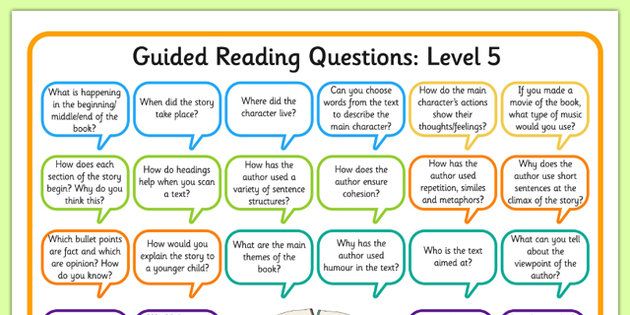 If reading tires you, choose more fun and easy reading.
If reading tires you, choose more fun and easy reading.
3. Share what you read.
After watching the latest episode of your favorite show, do you feel the need to share your thoughts and opinions with other viewers? If so, why should things be different in relation to the book?
If you have just finished reading a book and you like it, share it with others who might like it too. Or if someone with similar tastes recommends a book to you, why don't you read it?
Going through these experiences and connecting through books brings you closer, creating a feeling like traveling together or watching the same movie. Group discussion can also help you better understand and appreciate what you read.
4. Think about reading.
As I mentioned earlier, I don't like to just flip through a book, bookmark it and move on to the next one. When I do this, I find myself losing the meaning behind the piece. Instead, I use several methods to digest what I read, such as:
- jot down notes: if there are interesting facts in the book, I highlight them, write annotations or copy significant paragraphs,
- write an article: sometimes I write an article describing events that occurred in the book, supplementing it with their reflections and main conclusions,
- see adaptations: popular novels often have adaptations.